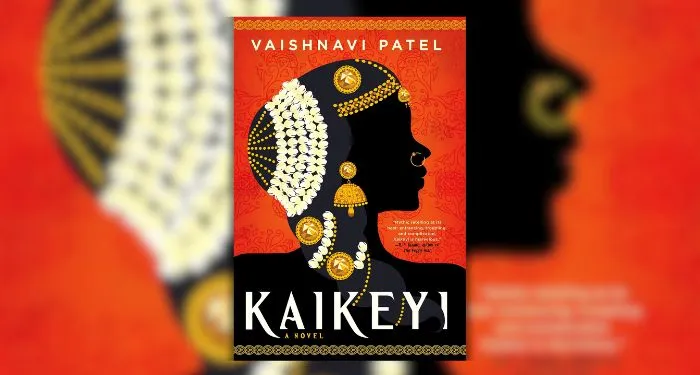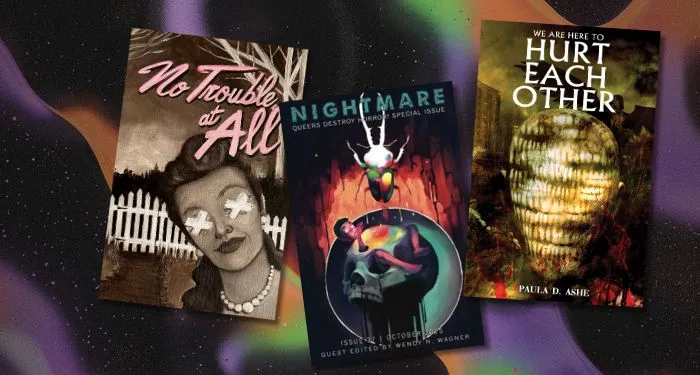Tracing the Purposeful Design of Life
For over a century, the neo-Darwinian story has claimed that blind chance and brutal selection are enough to explain the splendor of wings, eyes, minds, and rainforests. Yet the deeper science looks, the more that story frays.
On the Real Origin of Species by Means of Life brings together startling new discoveries from molecular biology, information theory, ecology, and paleontology to show—calmly, rigorously, and with disarming elegance—why random mutation and natural selection cannot account for life as we actually find it. Then, in place of exhausted speculation, it offers a coherent, evidence-rich alternative: life bears the unmistakable marks of foresight, orchestration, and even aesthetic intention.
Written as a sparkling dialogue between a skeptical biologist, an inquisitive layperson, and a guide who keeps revealing just enough to keep the reader leaning forward, the book never lectures. Instead it invites you into a living conversation filled with humor, wonder, and moments of breathless recognition. You will meet molecular machines of impossible precision, migration clocks more accurate than atomic timepieces, ecosystems pre-tuned to their inhabitants, and bursts of fully formed diversity that arrive like standing ovations after catastrophe. You will also encounter beauty that refuses to be explained away as mere utility—the silent, extravagant signature many have sensed but few have dared name.
More than a scientific treatise, this is a book that changes readers. By its close, the world outside your window looks less like an accident and more like a gift addressed personally to you. With grace and unflinching clarity, On the Real Origin of Species by Means of Life re-enchants reality without ever asking you to abandon reason—and leaves you marveling that something so beautiful could be true.

Excerpt from On the Real Origin of Species by Means of Life © Copyright 2025 Osama Mahdi
Introduction
As the sun began its descent below the horizon, a squad of highly trained soldiers gathered in the fading light, preparing for a night operation. They had assembled near the tactical vehicles awaiting them.
Under the soft illumination of the setting sun, the captain addressed the team, his voice firm and determined.
“We have received reliable intelligence on the terrorist leader’s whereabouts.” He paused. The soldiers listened closely.
“Our mission tonight is to capture him; he has been orchestrating acts of violence and chaos across the region. The target hideout is the fourth house.” He continued, showing a picture of the house.
We checked everything, from weapons to encrypted communication channels to other equipment. Additionally, we wore special glow sticks on our shoulders or helmets, which can be used to identify friendly soldiers during nighttime operations. These were crucial as jets were flying over us and the pilot needed to be able to distinguish the friendly team members.
The soldiers were clad in cutting-edge tactical gear designed for stealth and combat efficiency. Their faces were obscured by night-vision goggles, which emitted an eerie green glow as they conducted their final preparations.
In such a high-risk operation, Mango, one of our trusted canine team members, was with us. His skill in detecting explosives increased our survival chances by seven times.
The atmosphere was nonetheless tense as we boarded the tactical vehicles that were already set for low-observable operations mode.
As we approached the target in the darkness of night, I felt a surge of adrenaline associated with this kind of dangerous military raid.
We moved swiftly and silently to our target, rushing from the vehicles immediately after arriving at the target.
The moment I stepped on the ground, a feeling of profound wrongness settled over me, similar to a heavy shroud of uncertainty that sent chills down my spine and raised the hairs on the back of my neck.
In such missions, I knew that a myriad of dire scenarios could unfold in the haunting darkness.
I glanced at Mango and thought, “Come on Mango. Tell us, are we walking into a trap? Use your subtle senses.” I told myself, but Mango indicated no hidden explosives.
“Maybe a sniper preparing for a strike from the roof?” I thought to myself while scanning the surroundings during the rush toward the target house.
The surge of adrenaline heightened my senses. Yet, I could not see what was wrong.
The soldiers moved fast as everyone knew his role, with a couple of them arriving at the iron front door of the house and starting their technique to deal with it.
Just as they made their way inside the house, the silence was shattered by the deafening crack of a gunshot. The muzzle flash briefly illuminated the hallway, and chaos erupted.
Moments later, I entered the house to come upon an unexpected sight. The owner of the house, a middle-aged man with a horrified expression on his face. On the ground laid his AK-47, the gun that he used to shoot one of the soldiers. The only reason why the other soldier did not smoke him was because the man stood with his young daughter clutched tightly to his chest. The rest of his children, still surrounding him, had faces etched with fear as they peered at the intruders with wide, terrified eyes.
Suddenly, I had a moment of realization. I knew what was profoundly wrong. We had raided to the WRONG HOUSE. This was the third house, not the fourth one.
The area was very dangerous, and each family had to rely on themselves for protection. The man whose house we raided was sleeping with his family, with his gun next to him. When he heard the noise of his door being broken and smashed, he panicked, raised his firearm, aimed it at the now-shattered entrance, and discharged a shot at the intruder rushing into his home.
Despite the tense atmosphere, the captain listened intently to the radio’s crackling transmissions from command, bringing cryptic orders and updates.
The pilot of the jet flying overhead confirmed that the target was fleeing from the roof of the adjacent house.
With a brother-in-arms lying wounded and bleeding on the ground, the captain shouted his orders. “We’ve got to pursue that armed terrorist leader, rooftop to rooftop,” he declared.
“Fuck!” I told myself.
Years later, thousands of miles away on a different continent, I was sitting in a big university hall studying evolution. The professor asked the graduate students to sit in the front, so I joined my other graduate student colleagues while the undergraduates filled the rest of the seats.
The professor presented the concepts of evolution with enthusiasm. Over the following days and weeks, she continued presenting lectures with pictures, figures, empirical evidence both observable in nature and in laboratories, data analysis, computer simulations, and more to illustrate and support the processes of evolution.

My profession is online marketing and development (10+ years experience), check my latest mobile app called Upcoming or my Chrome extensions for ChatGPT. But my real passion is reading books both fiction and non-fiction. I have several favorite authors like James Redfield or Daniel Keyes. If I read a book I always want to find the best part of it, every book has its unique value.




















 English (US) ·
English (US) ·